Choosing hypoallergenic Indoor plants
Suffering from hay fever or asthma does not necessarily imply that you cannot enjoy indoor gardening. Certain plants can actually aid in purifying the air inside your home and minimizing your exposure to allergens.
Below are the eight plants she chose, each backed by science and expert recommendations: The Hypoallergenic Eight: Plants That Work With Your Immune System
1. Dracaena
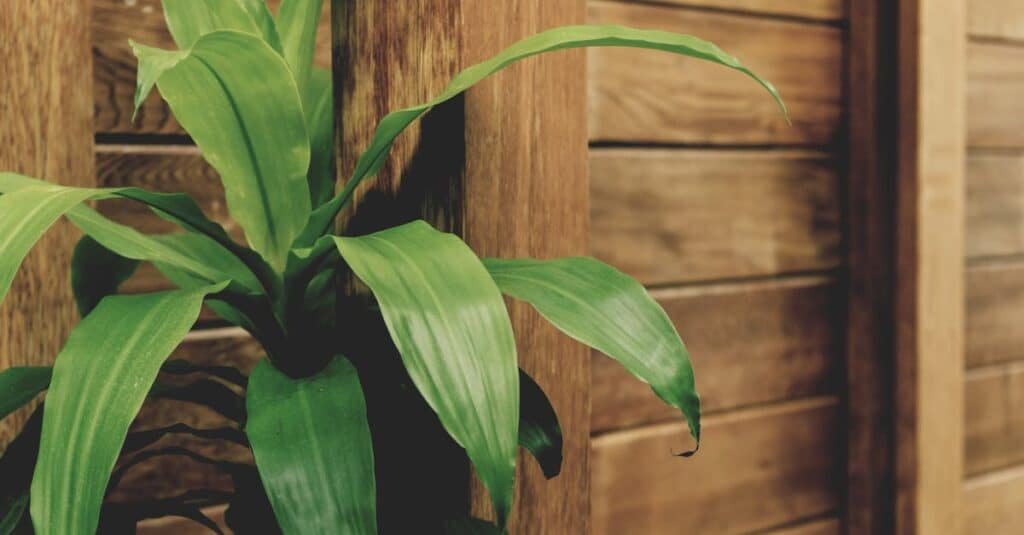
Dracaena’s sword-like leaves act as natural air filters, trapping allergens like dust and formaldehyde. Emily placed a Dragon Tree (Dracaena marginata) in her living room. “Its leaves are like sponges for toxins,”. Care tip: Wipe leaves weekly to prevent dust buildup.
2. Golden Pothos
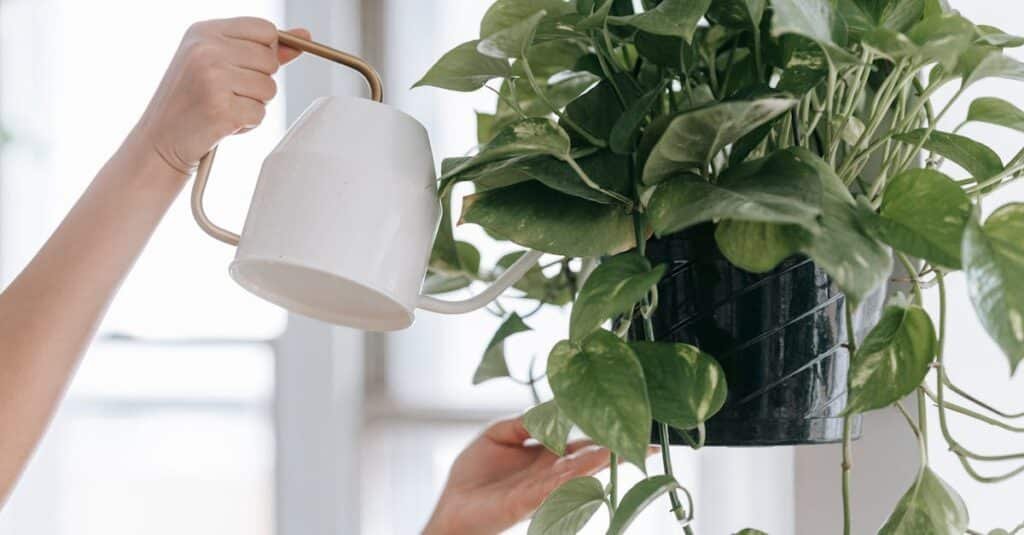
This trailing vine became Emily’s kitchen hero. NASA’s Clean Air Study highlighted its ability to reduce formaldehyde, a common irritant in cleaning products. She hung it near a window, where its heart-shaped leaves cascaded freely.
Know more about Lactose Intolerance
3. Marginata (Dragon Tree)
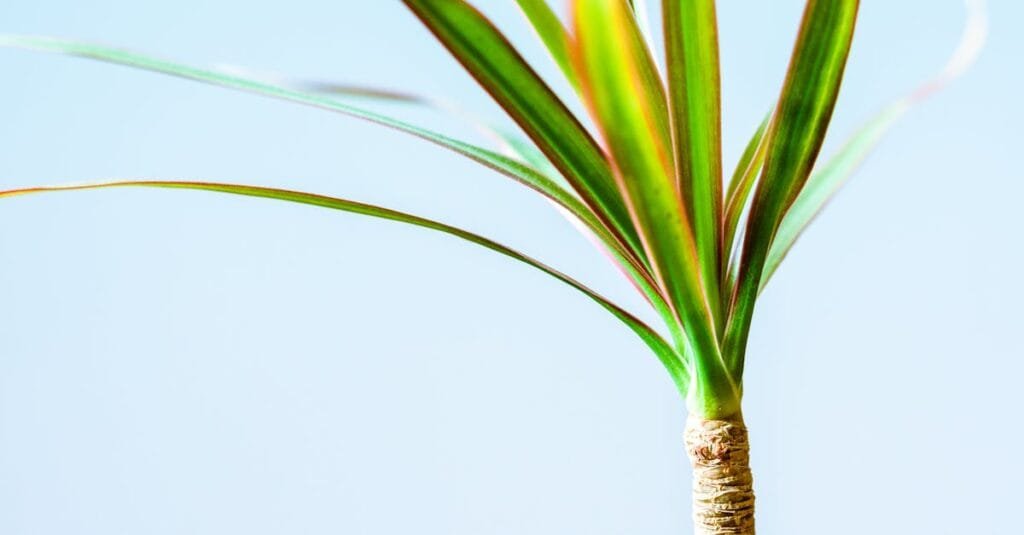
A cousin of Dracaena, Marginata thrives in dry soil, minimizing mold risk. Emily loved its red-edged foliage. “It’s drought-resistant, so overwatering—and mold—is less likely,” noted a gardening blog she followed.
4. Mother-in-Law’s Tongue (Snake Plant)
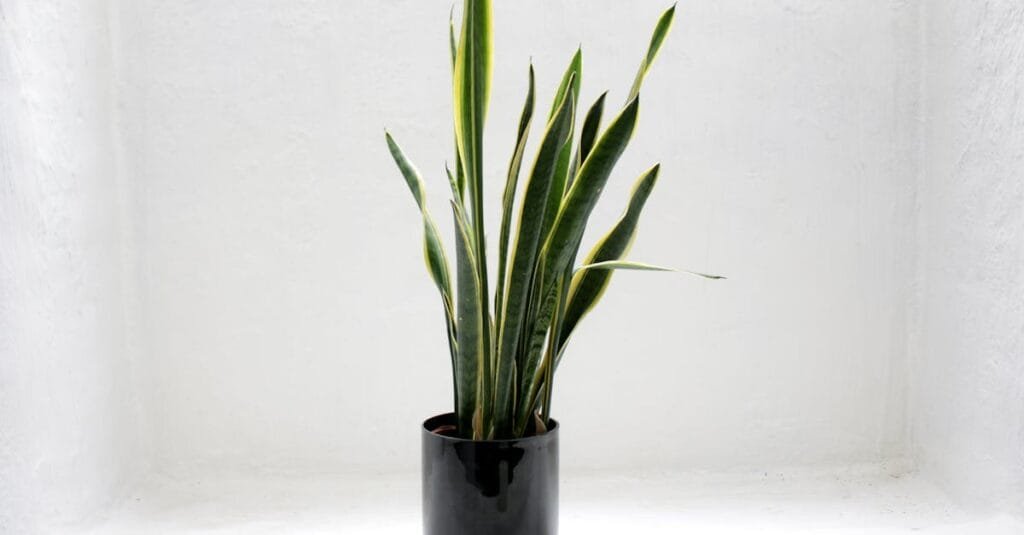
Emily placed this hardy plant in her bedroom. Unlike most plants, it releases oxygen at night, aiding her sleep. Its stiff, upright leaves collect little dust, reducing sneezing triggers.
5. Peace Lily
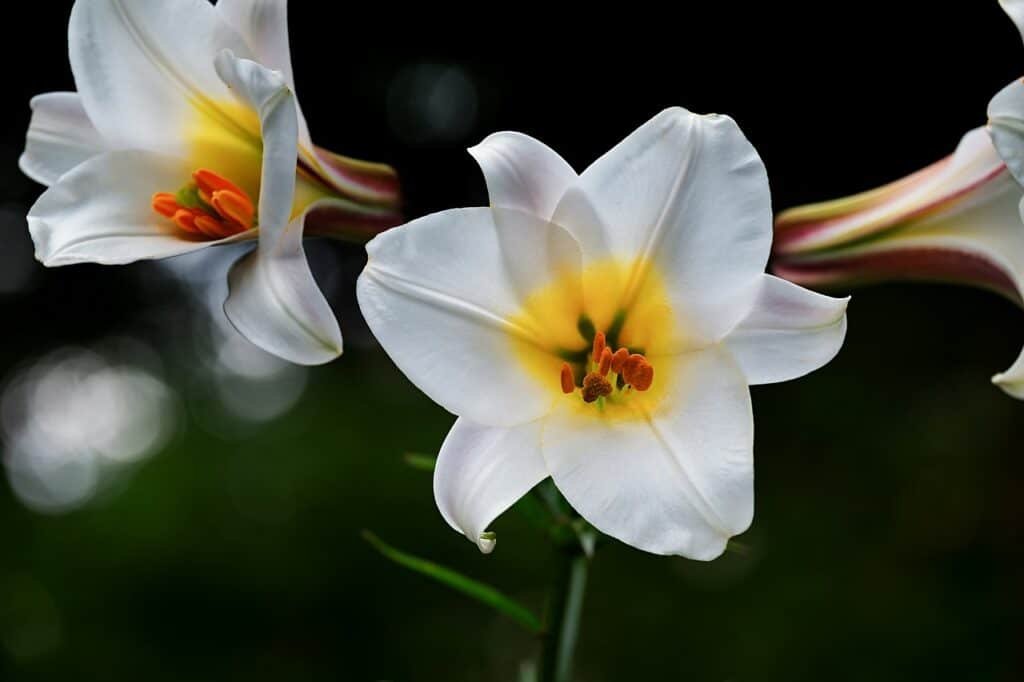
Though Emily initially avoided lilies due to pollen fears, she learned Peace Lilies have sticky, heavy pollen that rarely becomes airborne. Bonus: They absorb mold spores from the air.
Do you know about Lactobacillus acidophilus
6. Philodendron
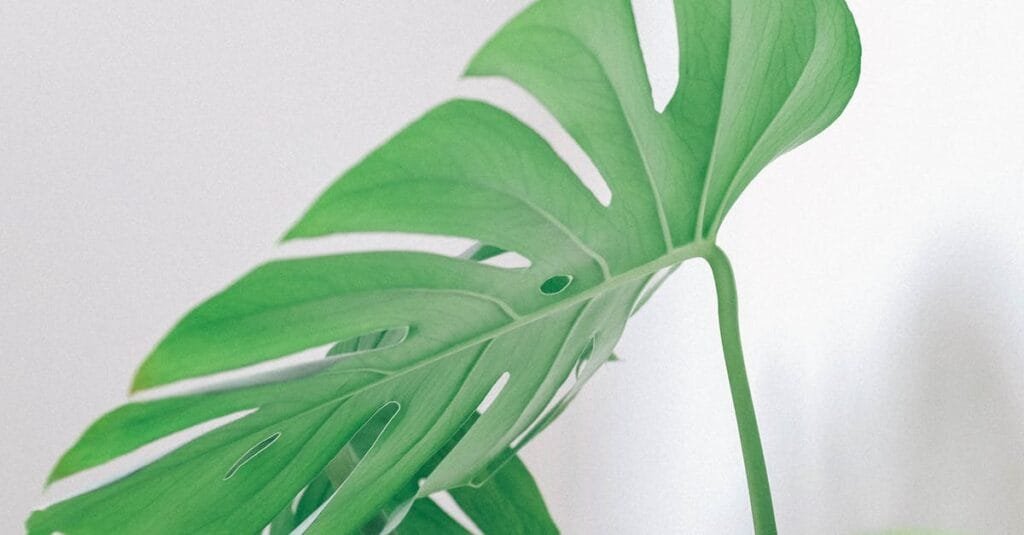
A heartleaf philodendron trailed from her bookshelf. Its lush foliage scrubs benzene and formaldehyde, common in furniture finishes. “Just keep it trimmed to avoid dust,” advised Dr. Torres.
7. Bamboo Palm
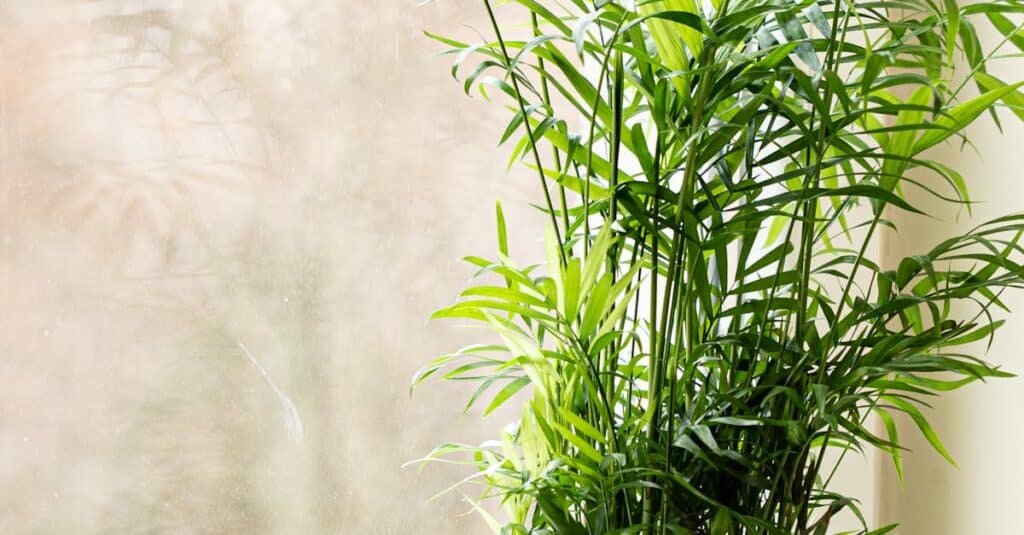
Emily added this tropical palm to her home office. A NASA study praised its ability to humidify air and filter benzene—a win for her dry sinuses.
8. Spider Plant
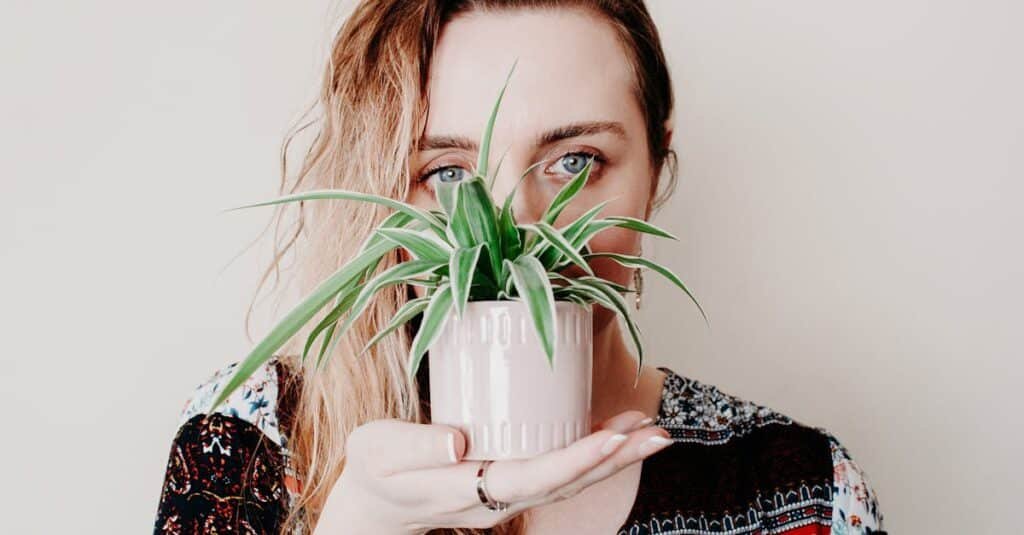
This resilient plant became her bathroom companion. Known for removing xylene (found in cosmetics) and mold, its arching leaves thrived in humidity.
“Emily’s Green Haven: How Hypoallergenic Plants Transformed Her Home—and Health”
After donating her allergy-triggering ferns and peace lilies, Emily felt a mix of relief and loss. Her apartment, once a lush jungle, now felt sparse. But she wasn’t ready to give up on greenery. Armed with advice from her allergist, Dr. Torres, Emily embarked on a mission to rebuild her indoor garden—this time, with hypoallergenic plants that could coexist with her asthma and hay fever.
Emily learned that hypoallergenic plants are not allergy-free but allergy-smart. They produce minimal pollen, resist mold, and often purify the air.
Emily’s Rules for Green Living
Rebuilding her garden taught Emily key lessons:
- Start Small: Introduce one plant at a time. She monitored reactions for a week before adding another.
- Soil Matters: Overwatering breeds mold. She switched to well-draining pots and let soil dry between waterings.
- Airflow & Filters: A HEPA air purifier and open windows reduced airborne allergens.
- Leaf Hygiene: Weekly leaf-wiping with a damp cloth kept dust—and allergens—at bay.
A New Chapter: Thriving, Not Just Surviving
Six months later, Emily’s home was green again—but smarter. Her morning sneezing fits vanished, and her asthma inhaler gathered dust. She even hosted a plant-swap party, sharing cuttings of her hypoallergenic favorites. “Plants aren’t the enemy,” she told friends. “It’s about choosing the right ones.”
Final Thought:
Hypoallergenic plants aren’t a cure-all, but they’re a powerful tool. As Emily discovered, pairing them with mindful care—and professional allergy management—creates a sanctuary where greenery and health coexist. Your urban jungle awaits—just choose wisely. 🌿
Sources & Further Reading:
For detailed care guides, explore NASA’s Clean Air Study.
Seasonal Allergies: 8 Indoor Plants You Should Avoid



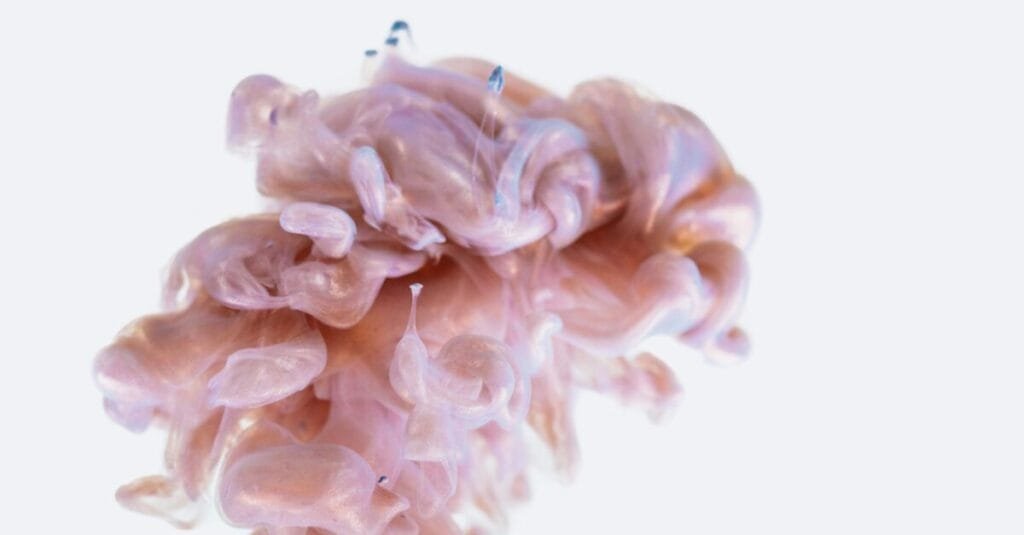

Pingback: Seasonal Allergies: 8 Indoor Plants to Avoid
Pingback: Discover How Probiotics Support Your Health Health Chronicle
Pingback: The Science of Good Posture & Its Impact on Health
Pingback: Plant-Based Diets: Benefits, Challenges & Recipes
Pingback: 4 Easy Habits for a Healthy Life Without the Struggle
Pingback: Telemedicine's Growth: How Virtual Healthcare is Shaping the Future
Pingback: Supercharge Your Mental Health: Conquer Stress with a Smile
Pingback: Calorie Counter: Powerful Tool to Strategize Health Journey
Pingback: Protein Intake: Your Ultimate Tailoring Guide